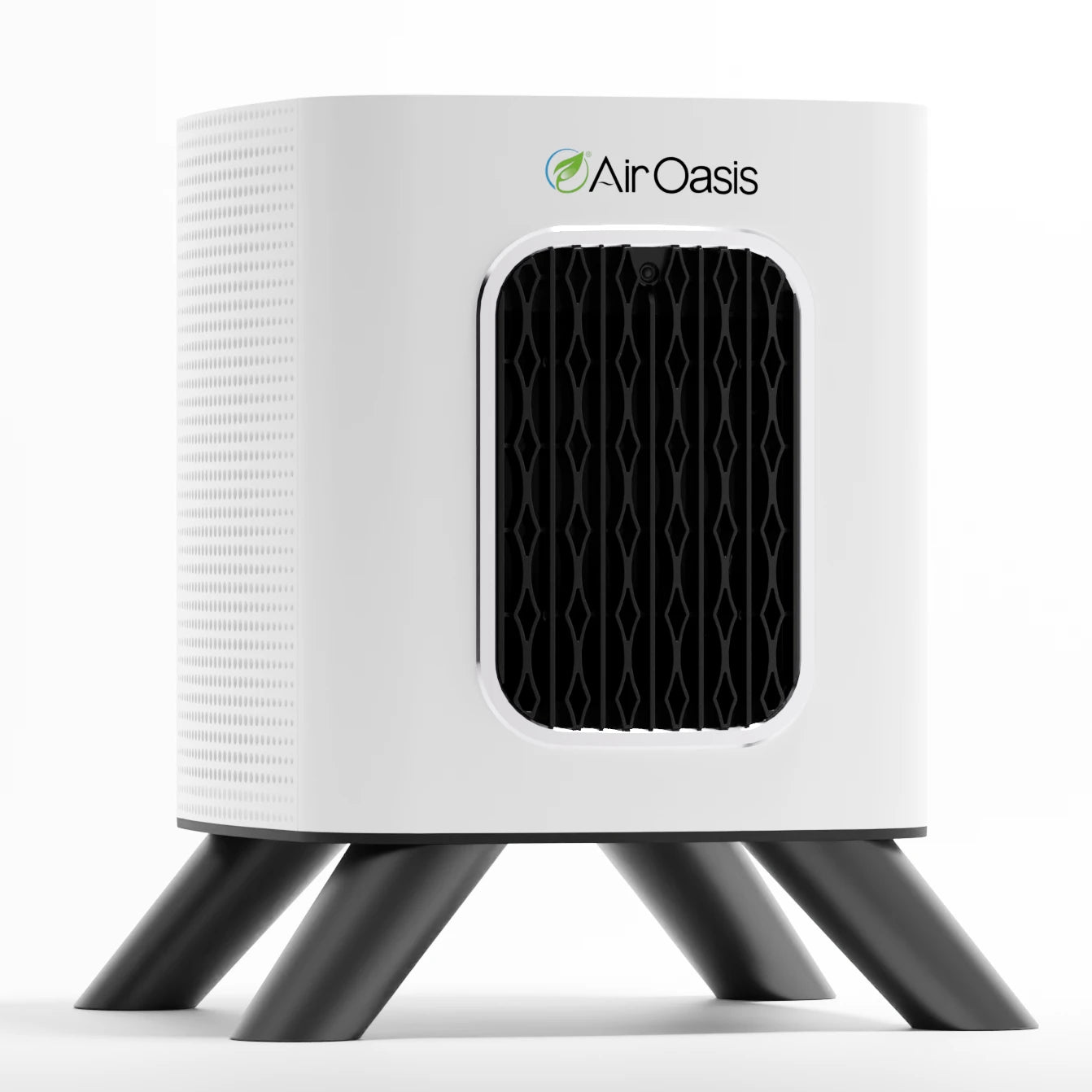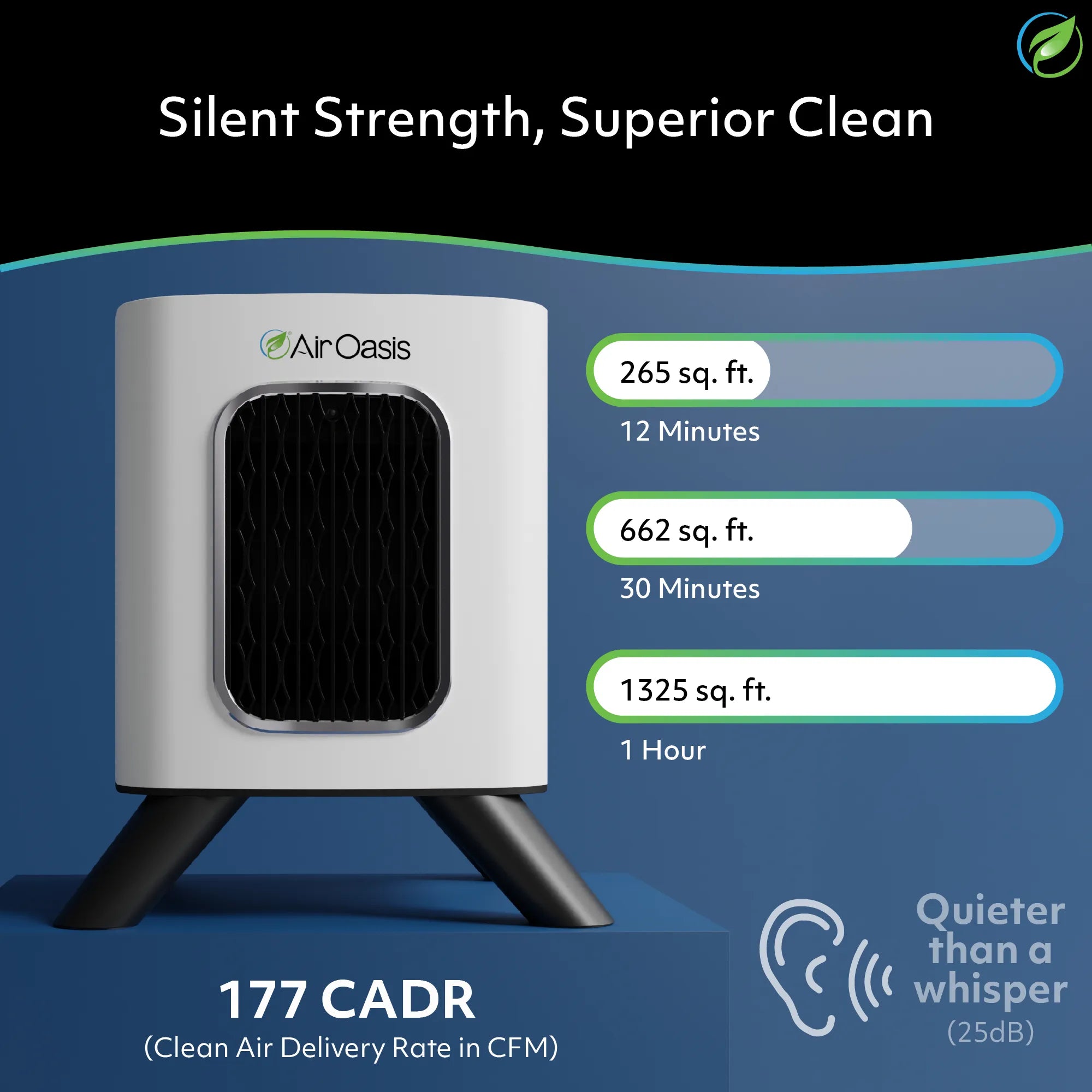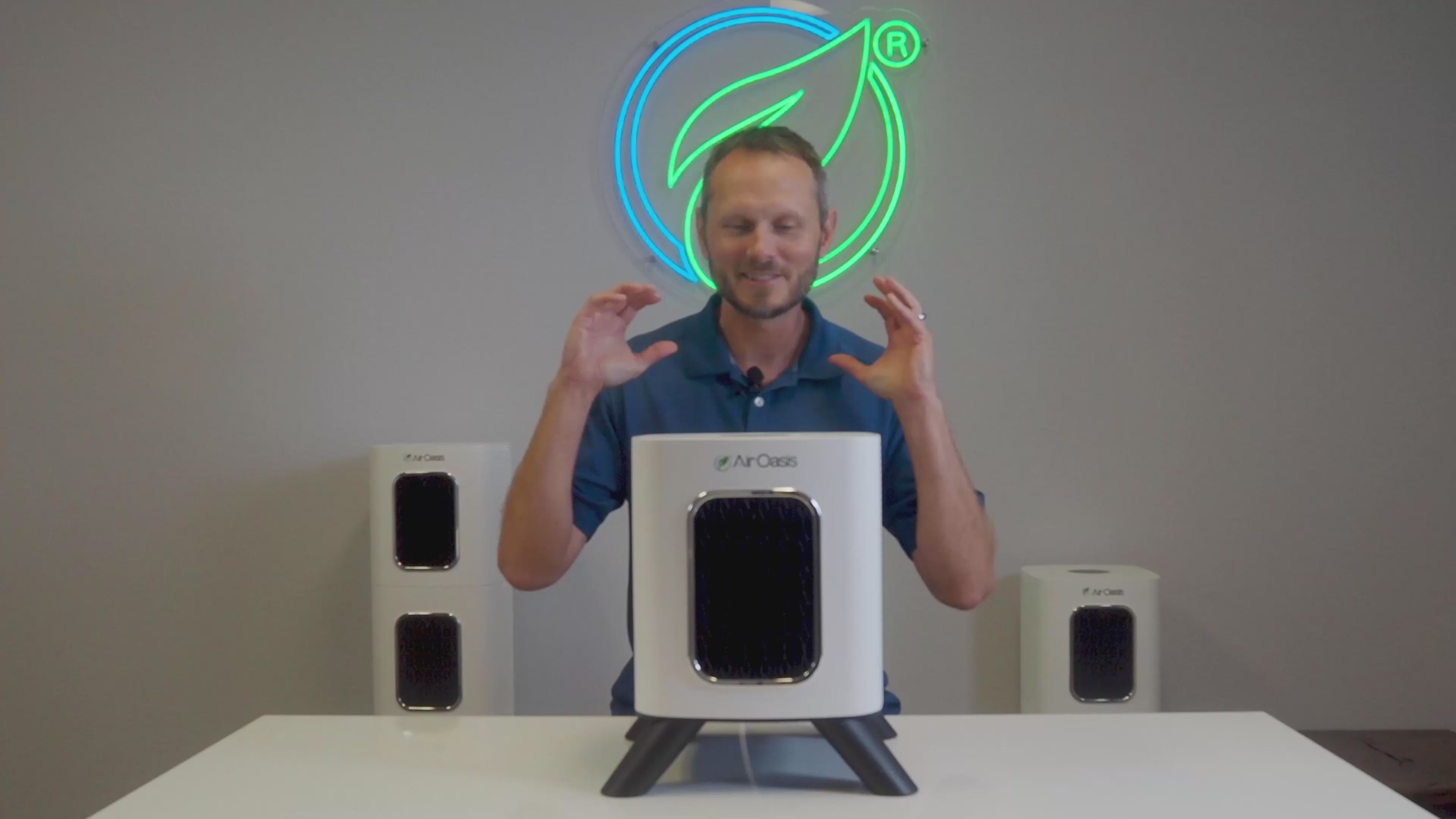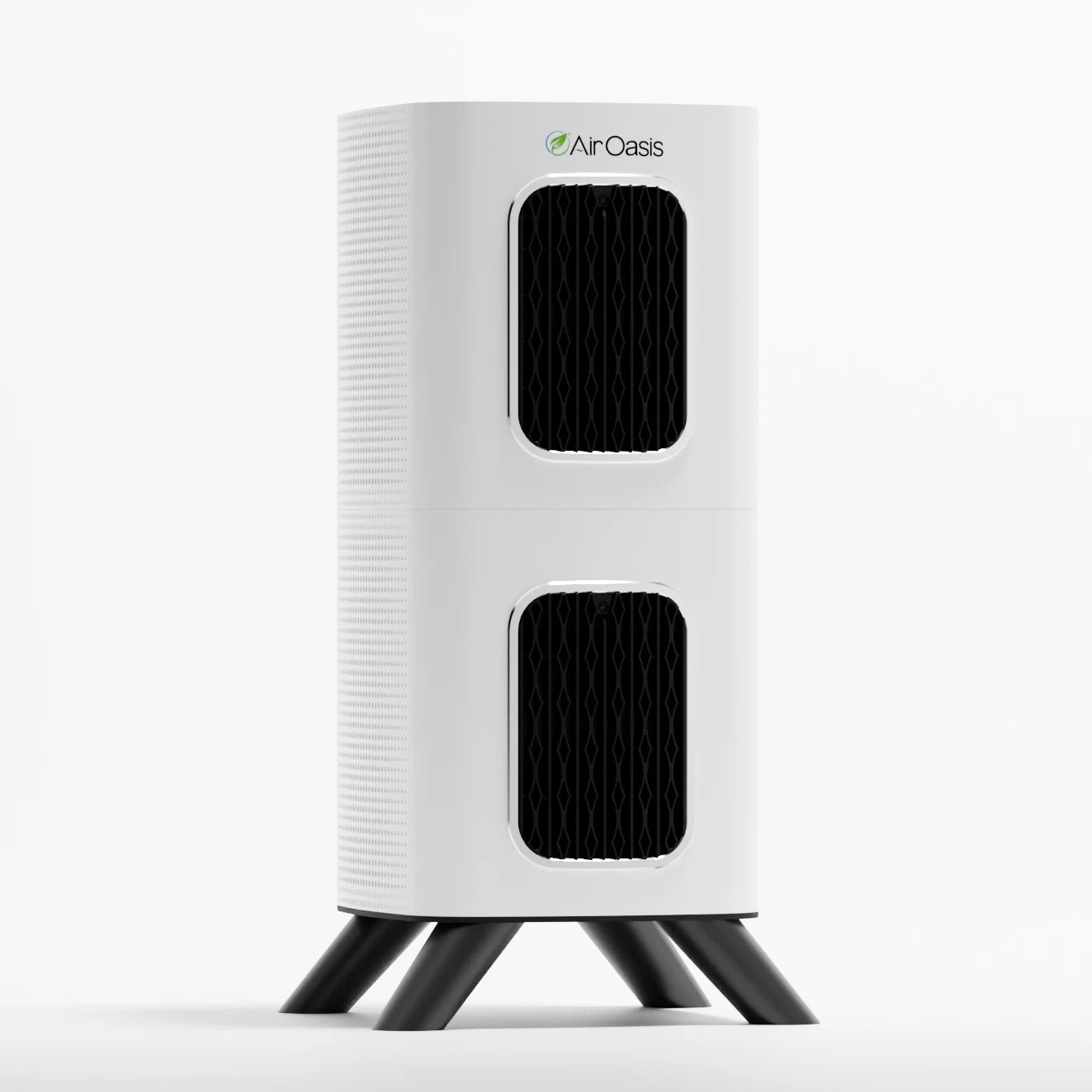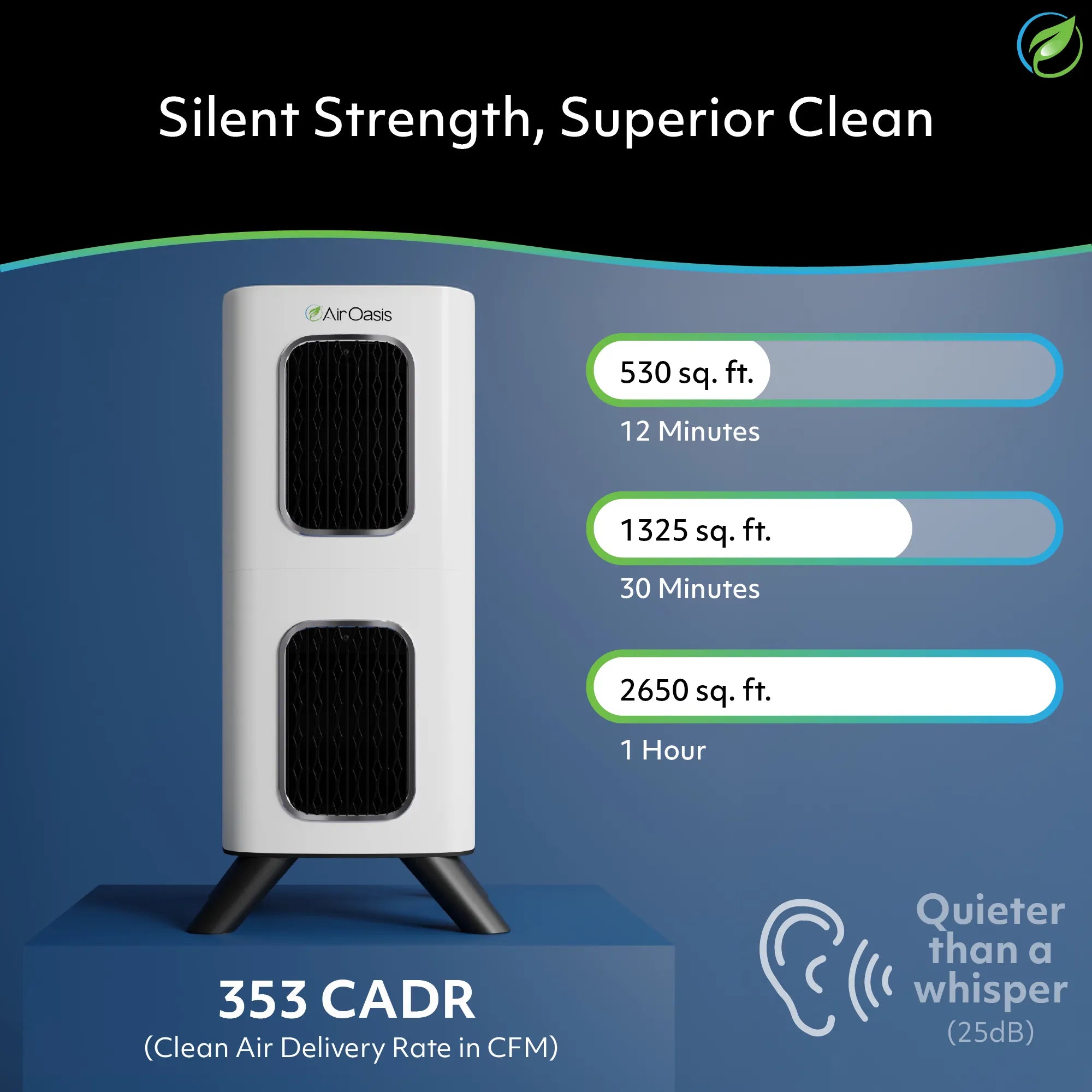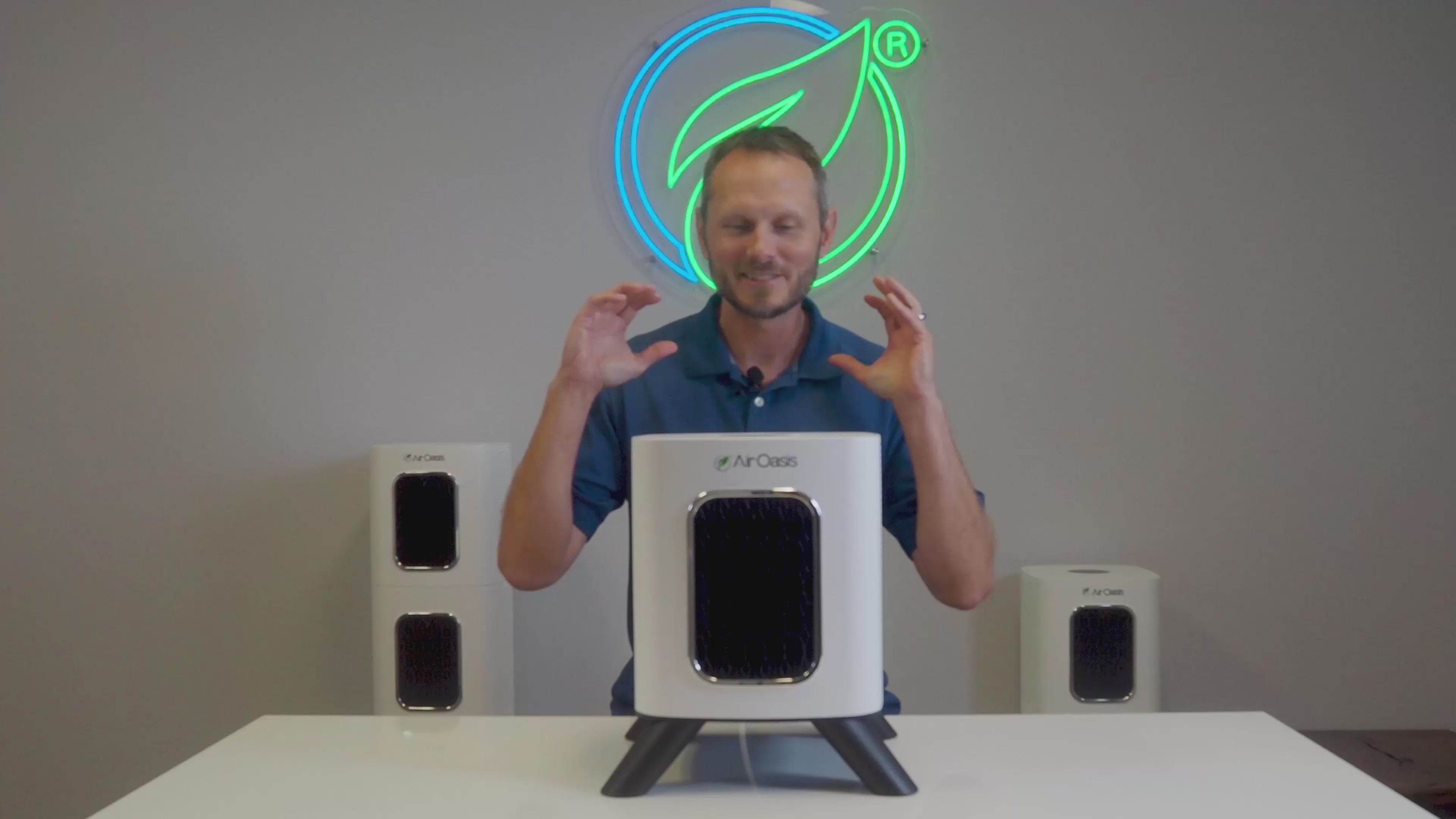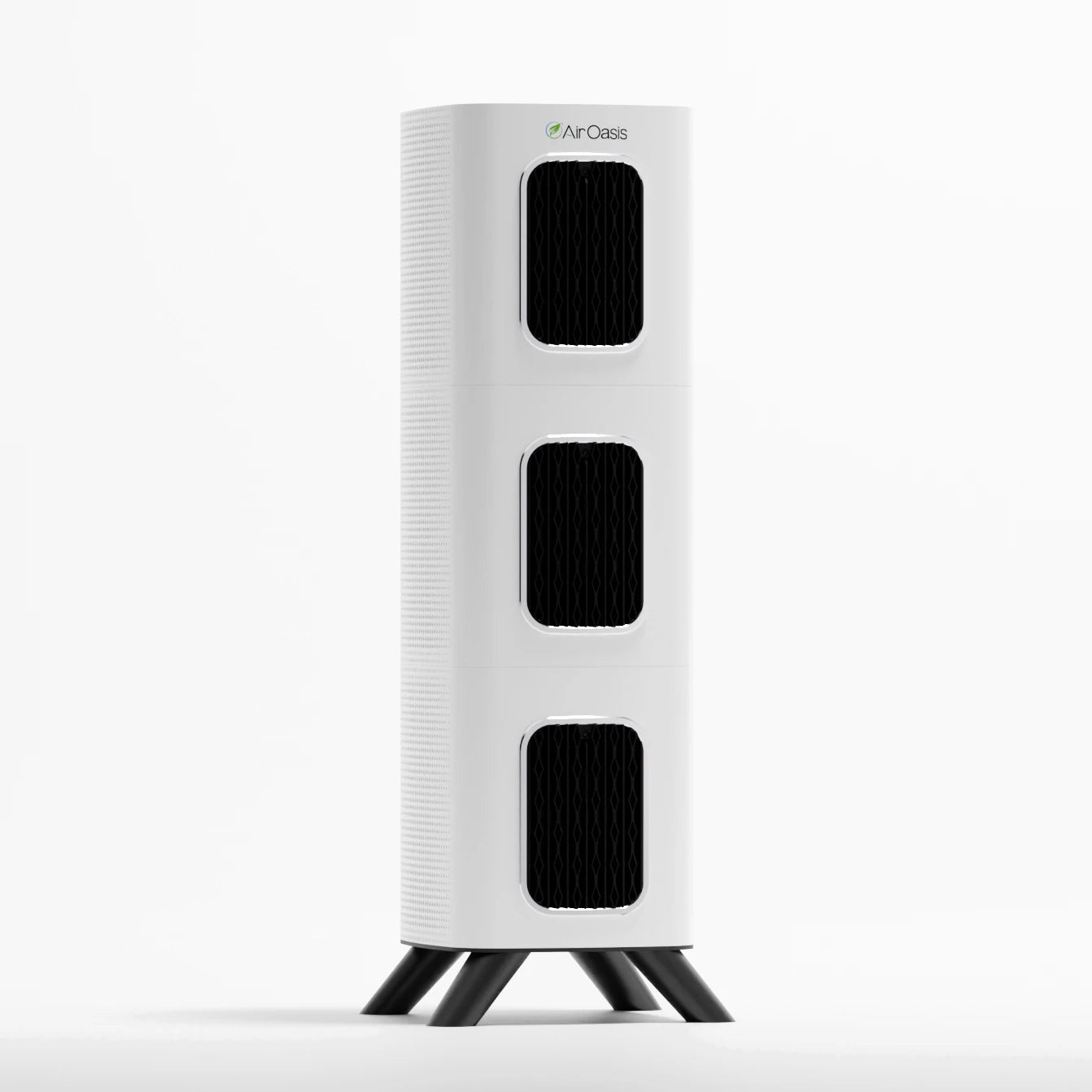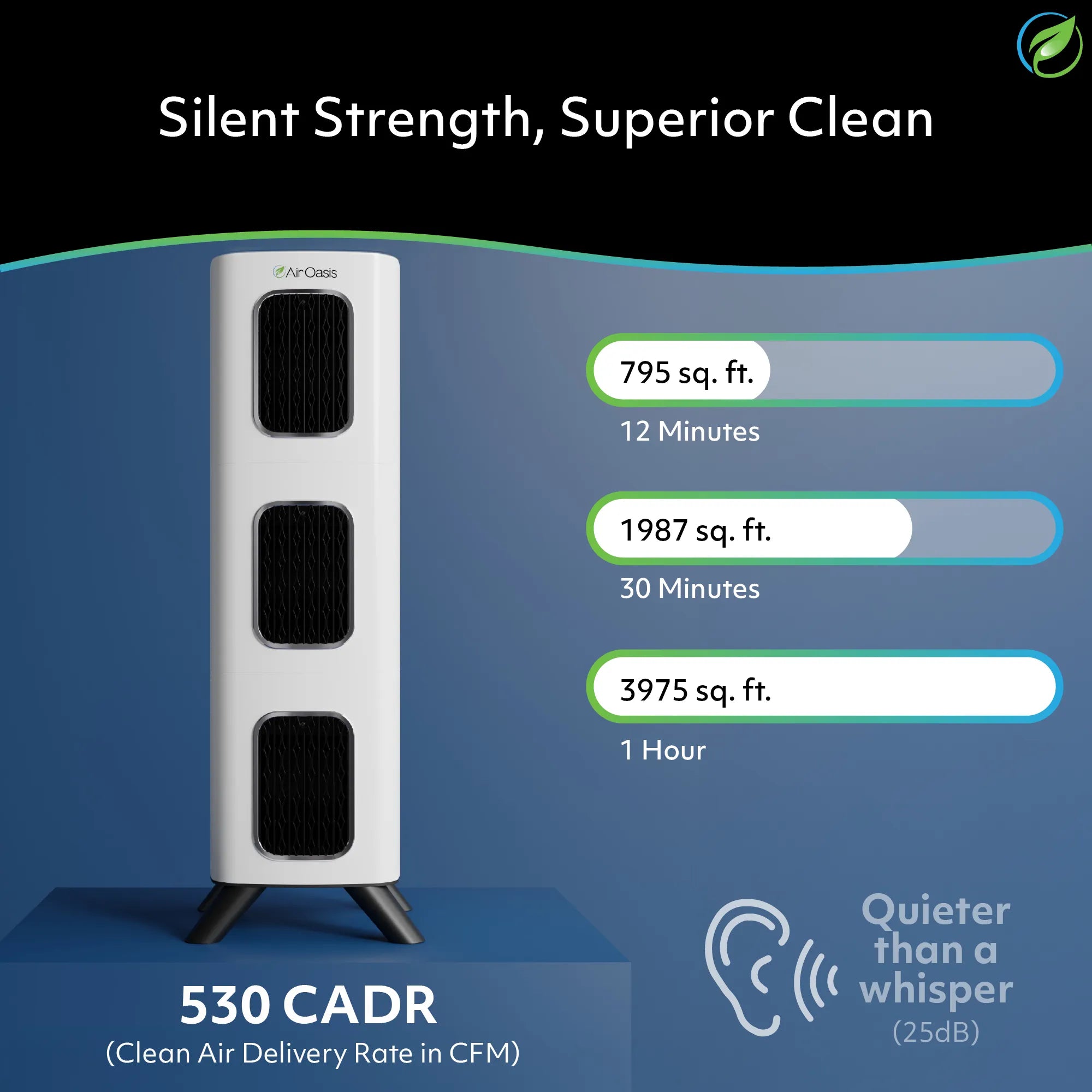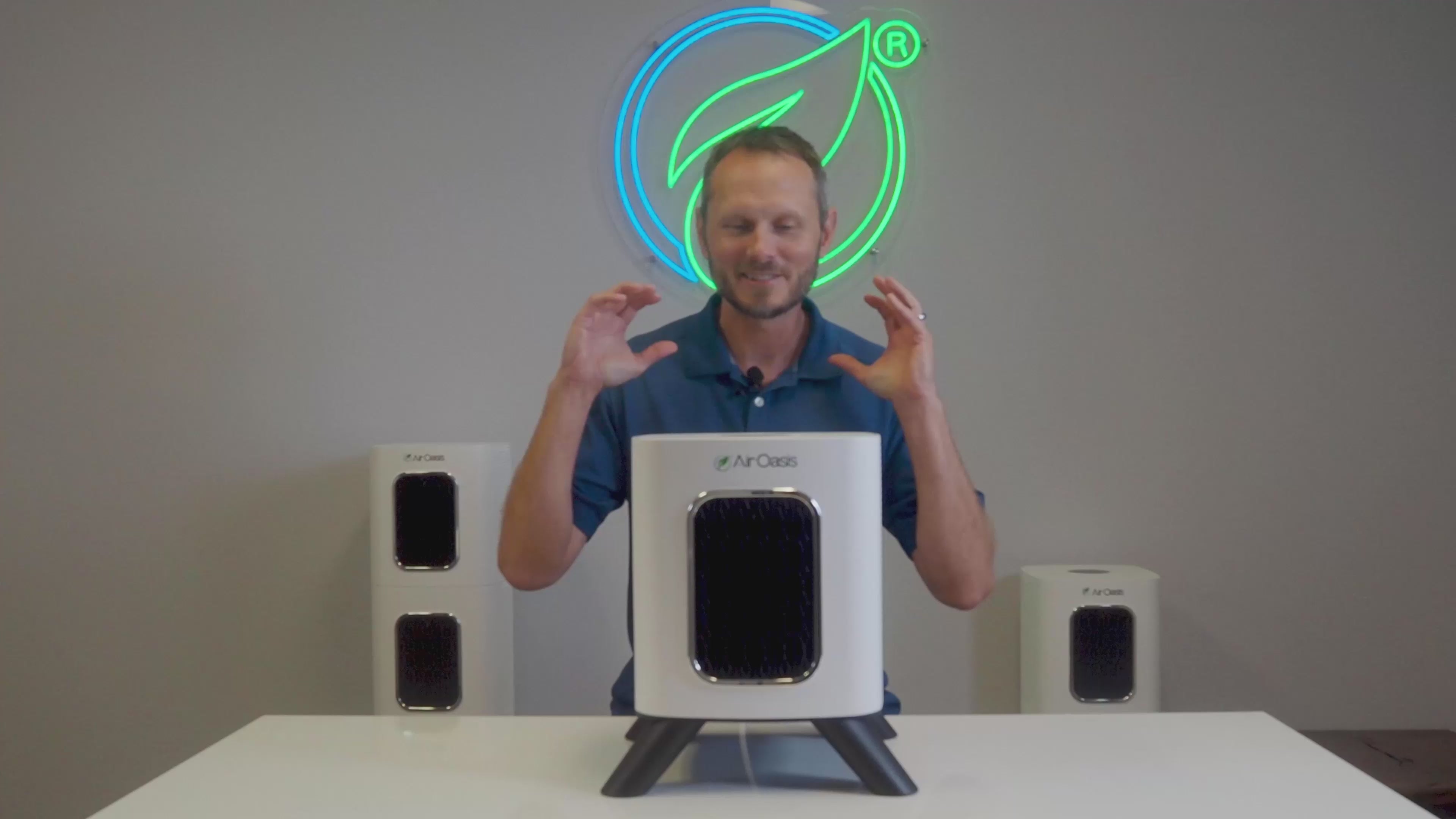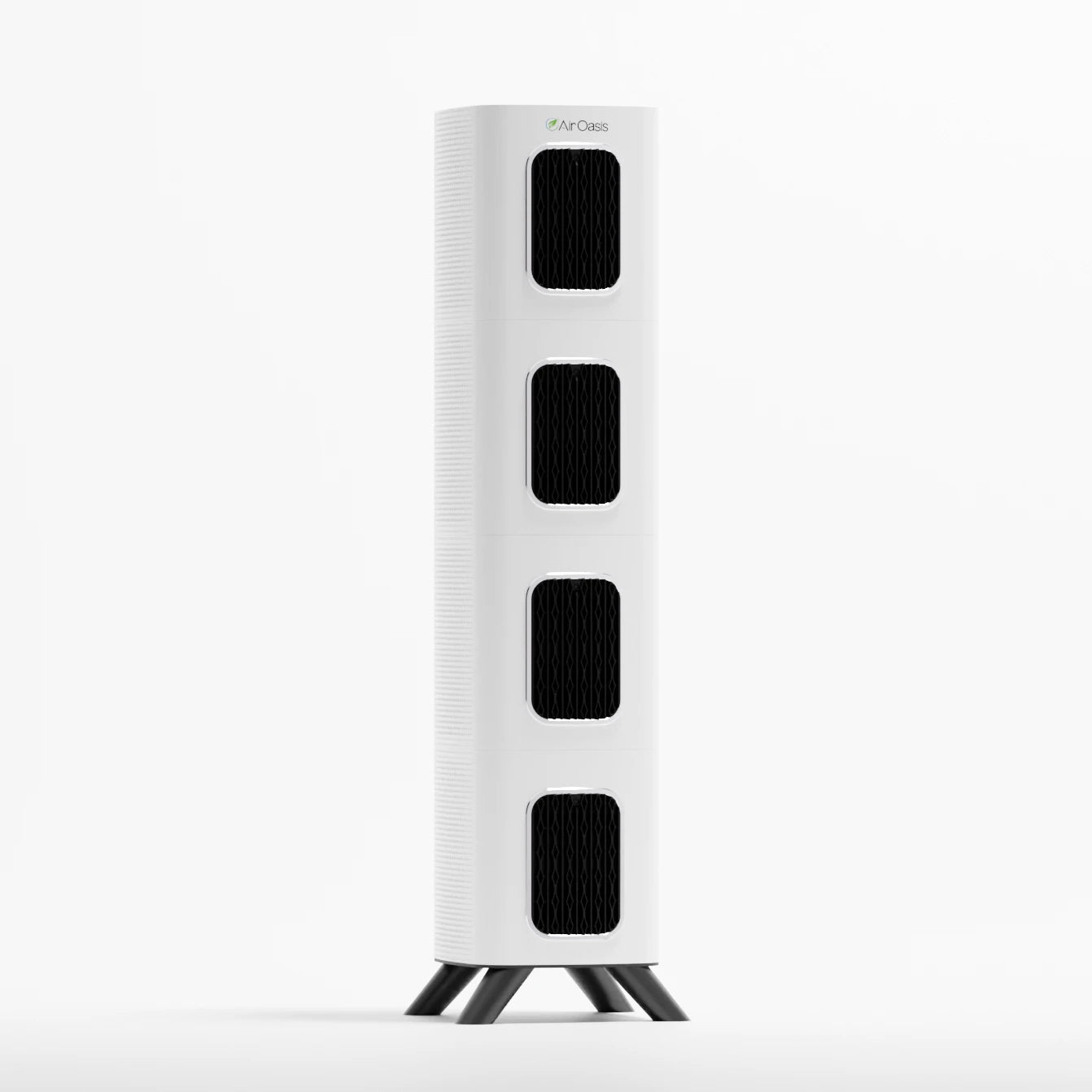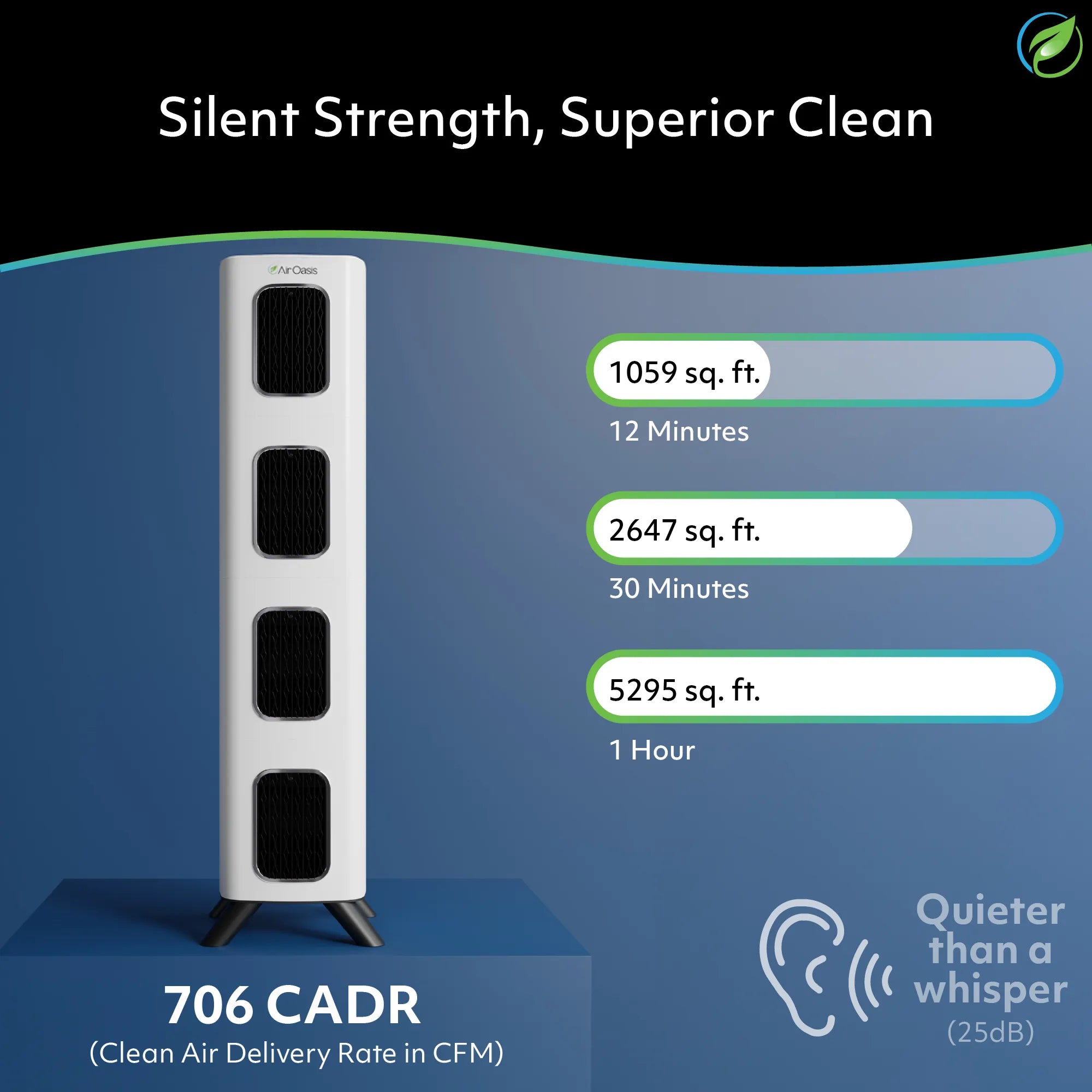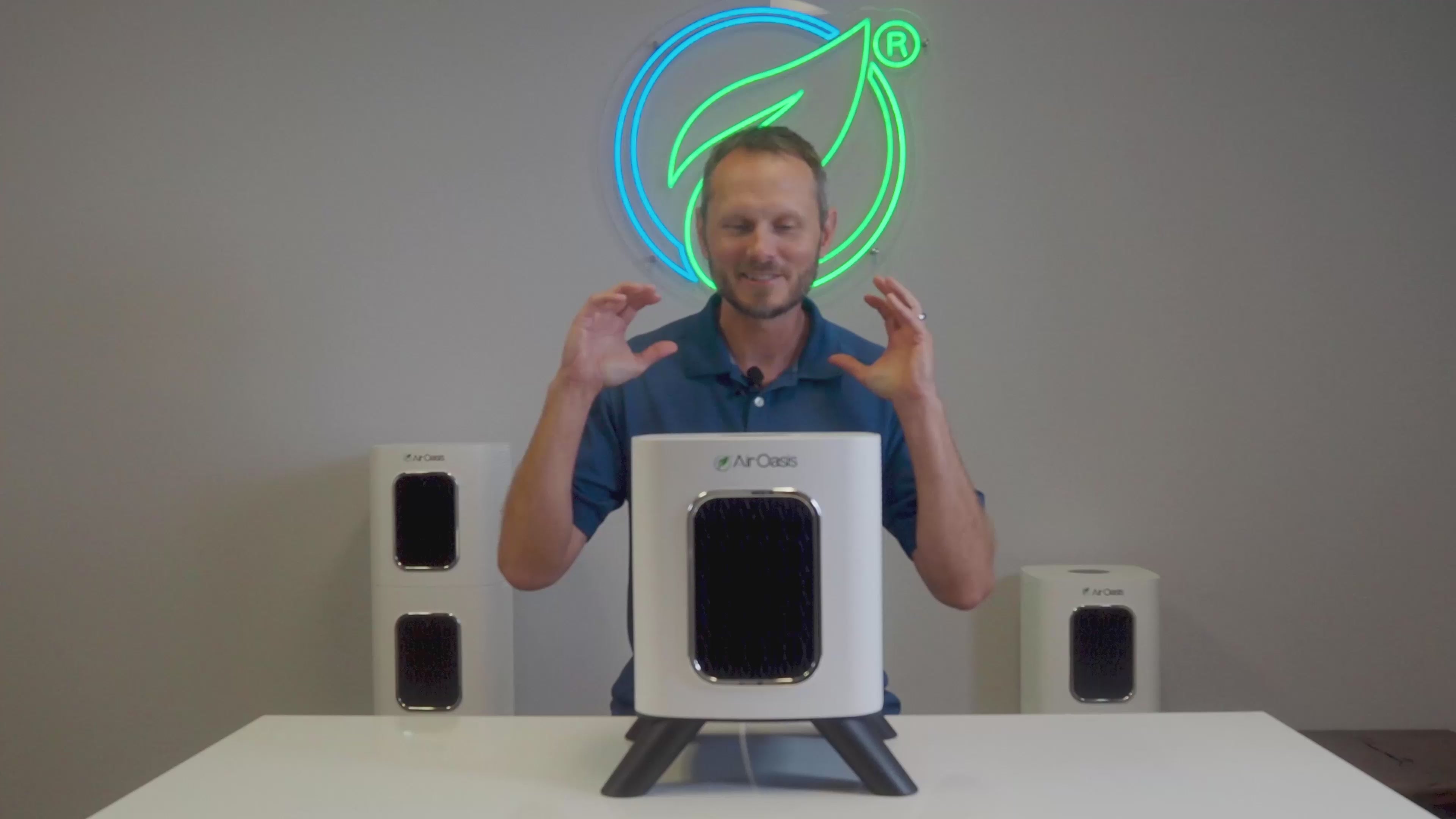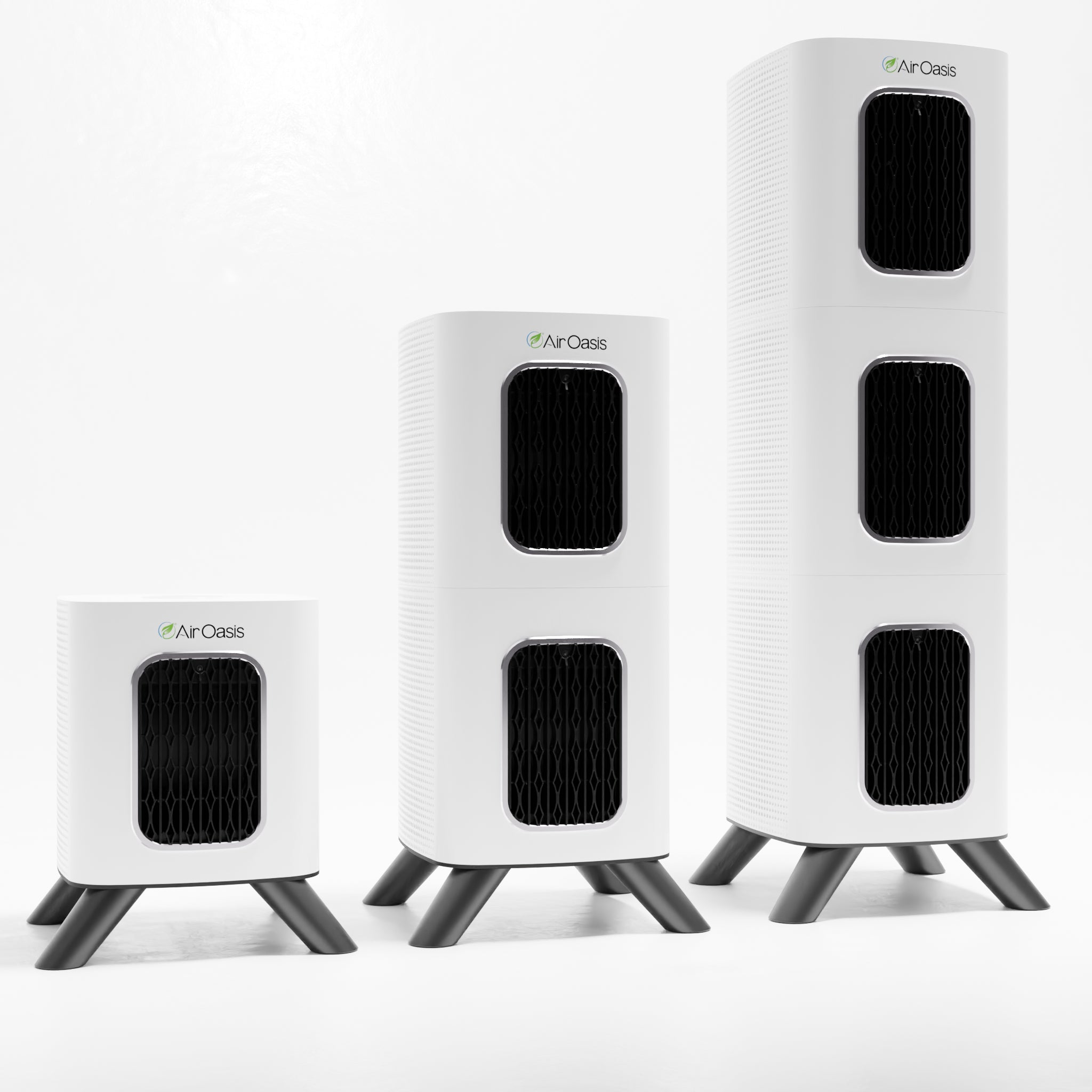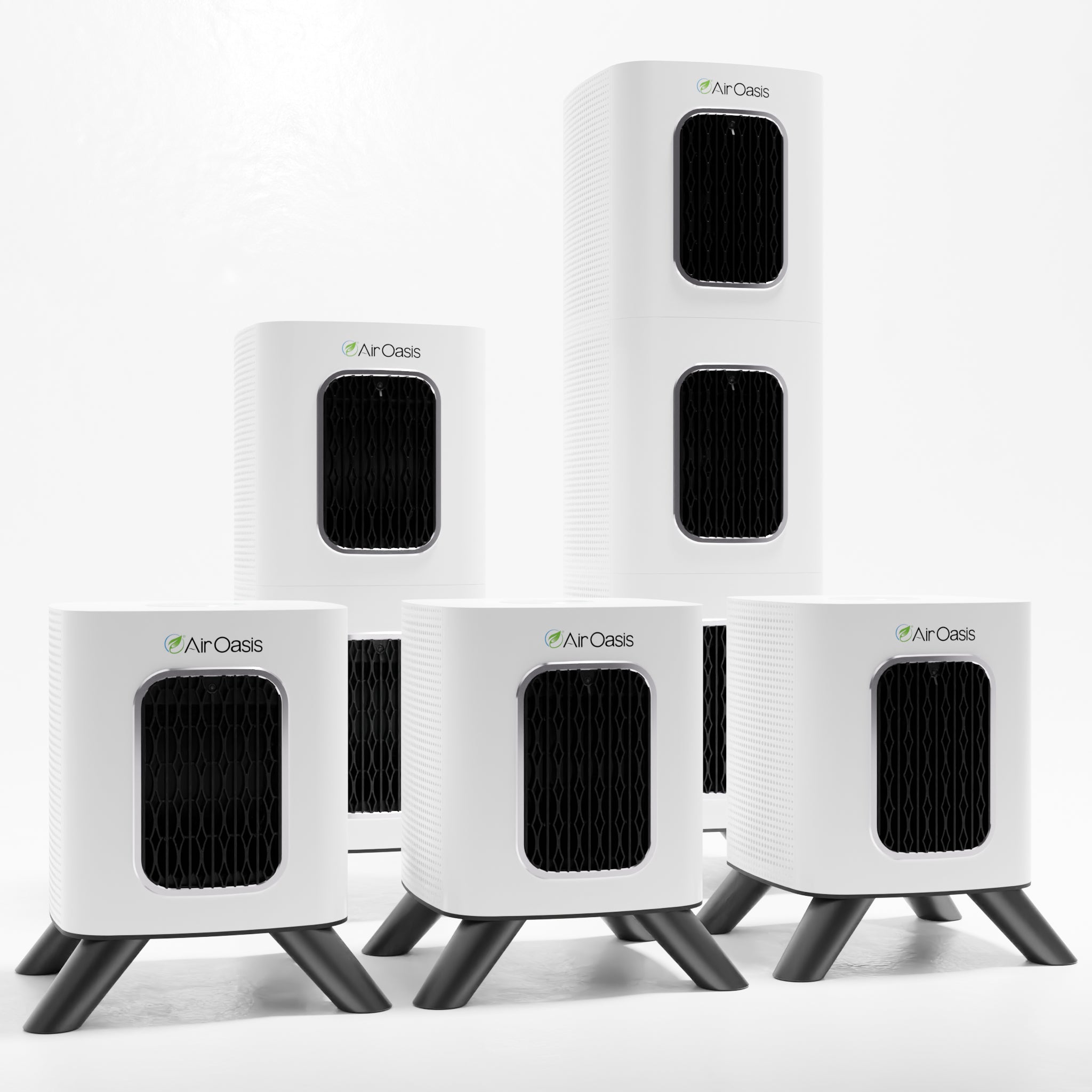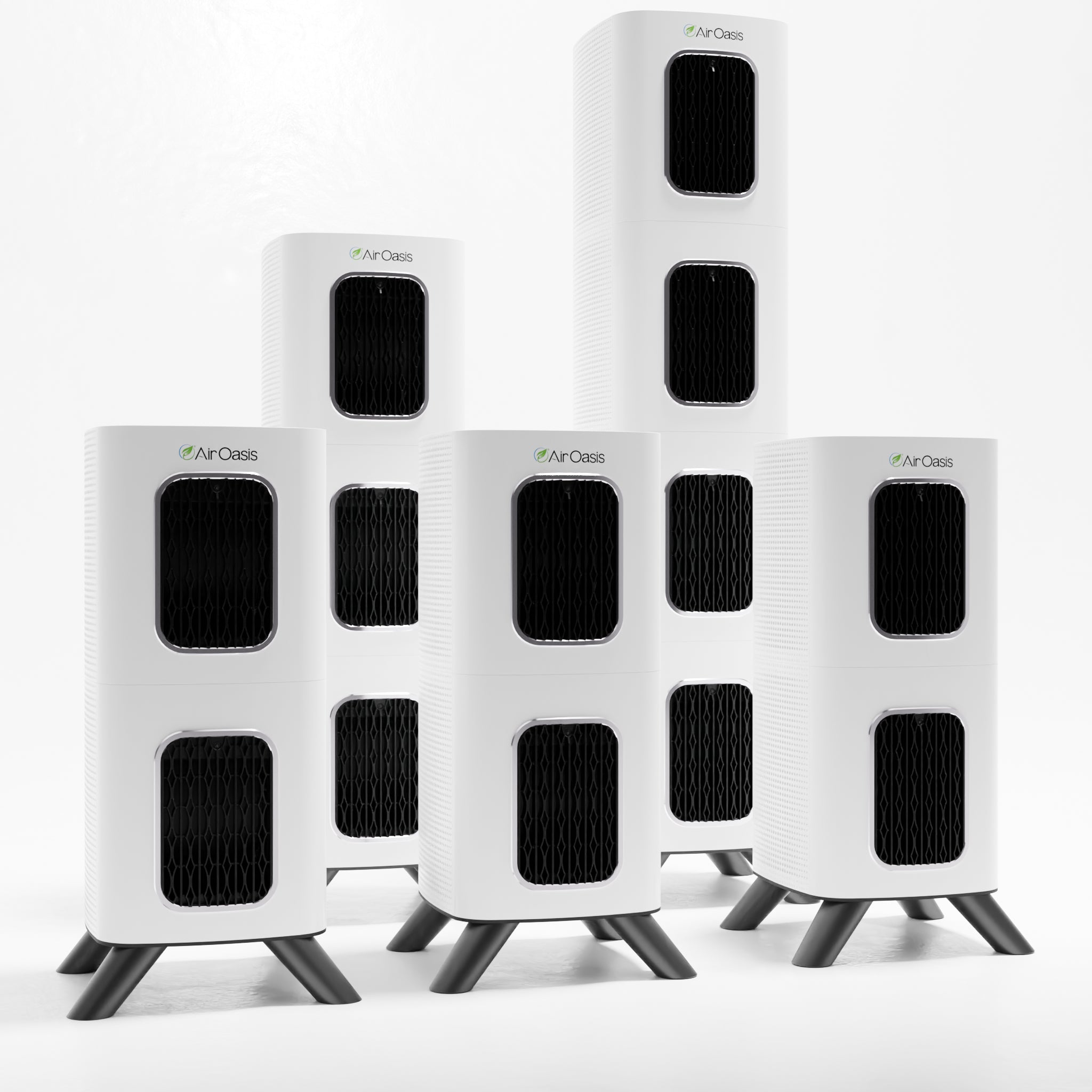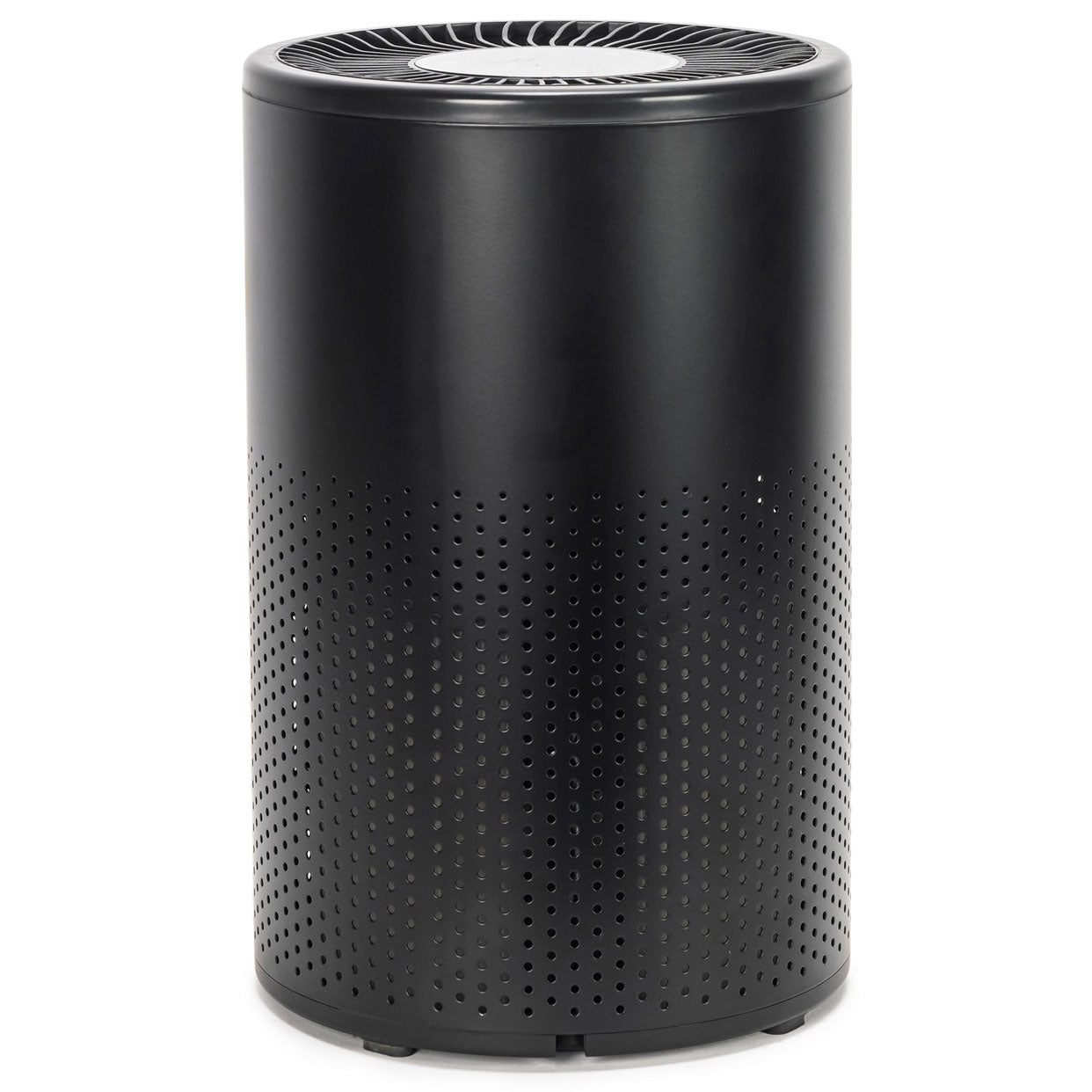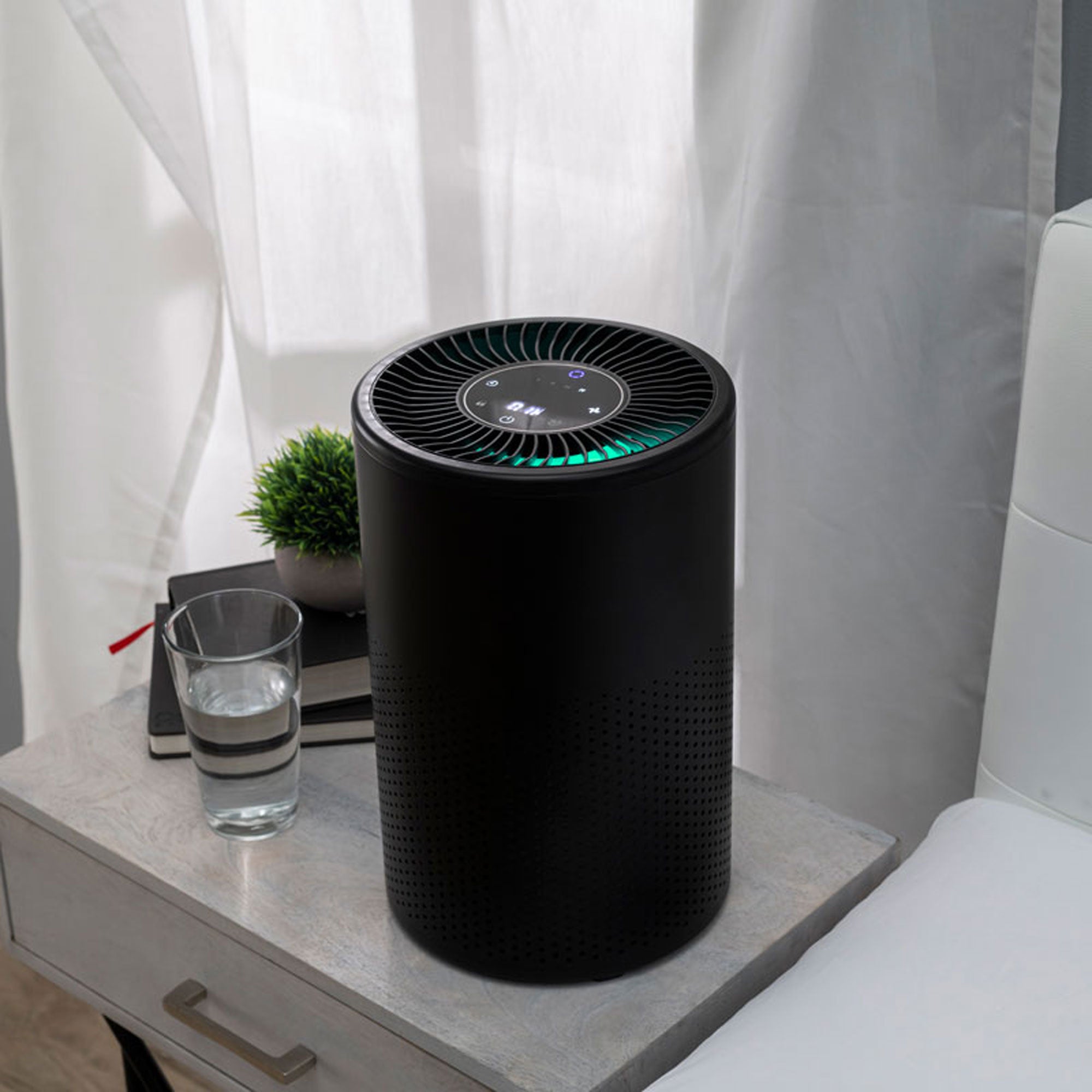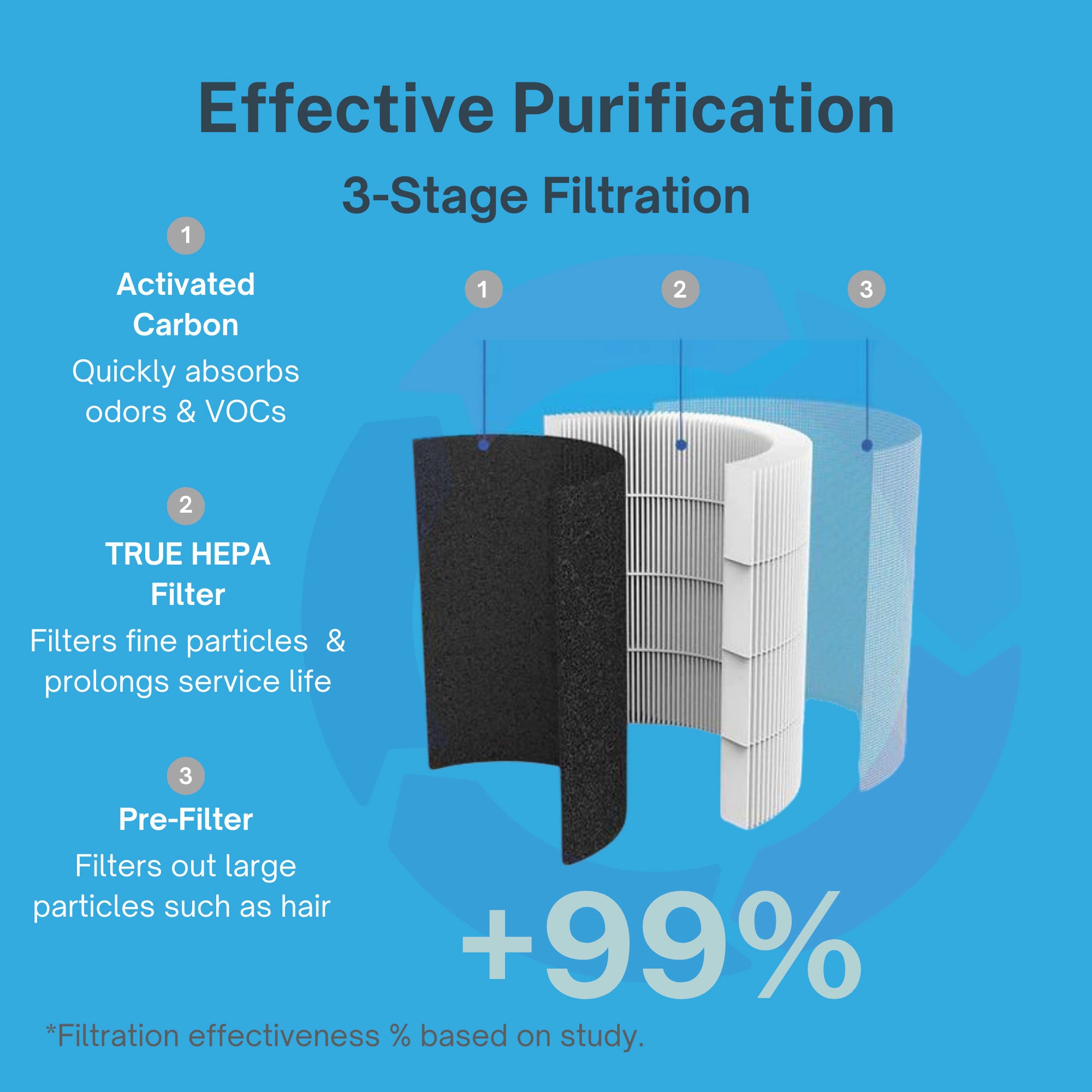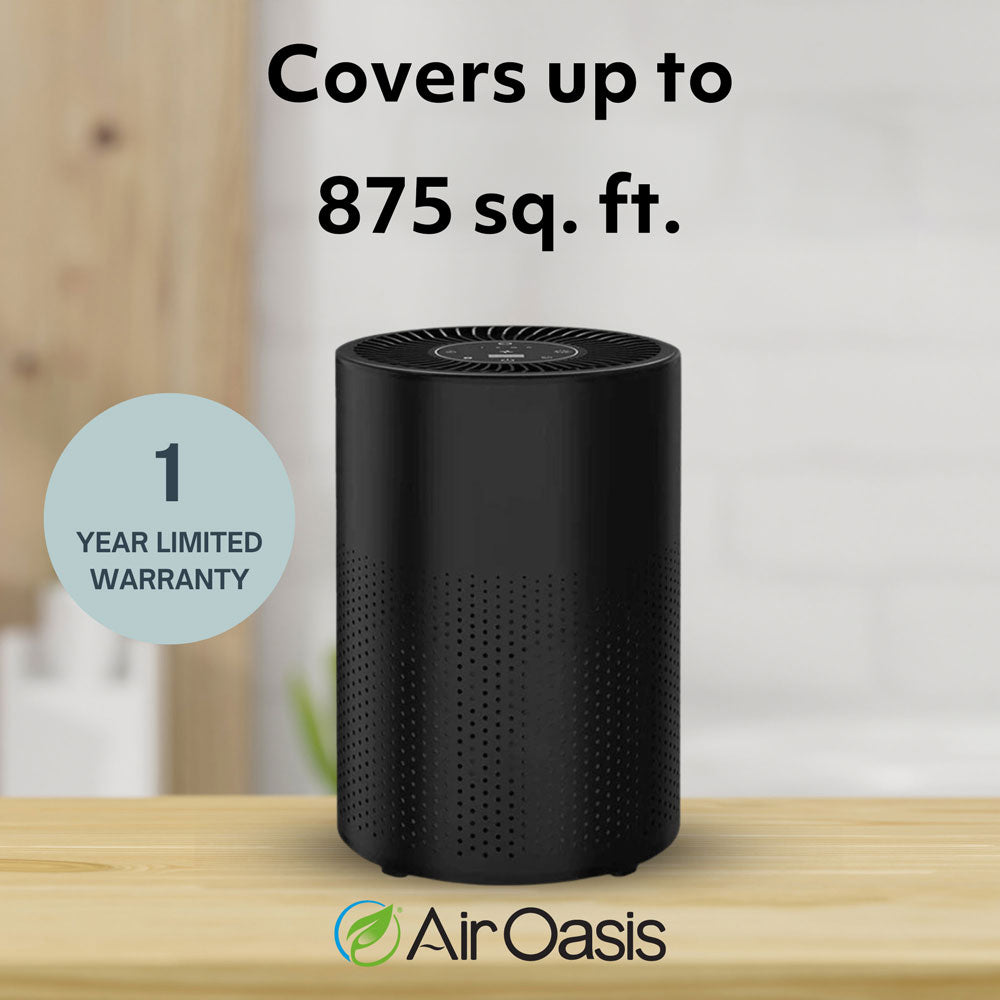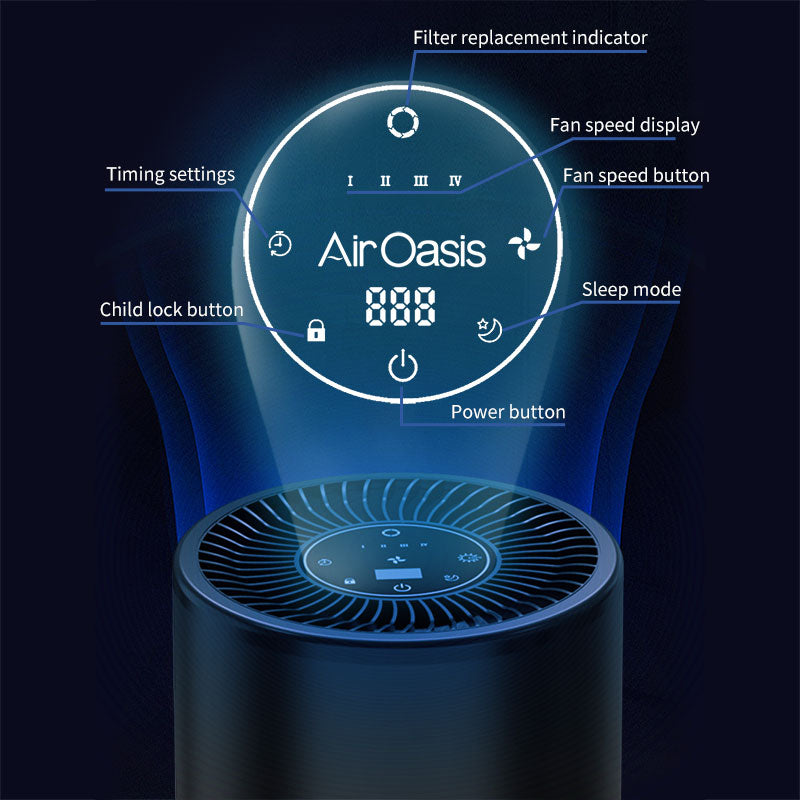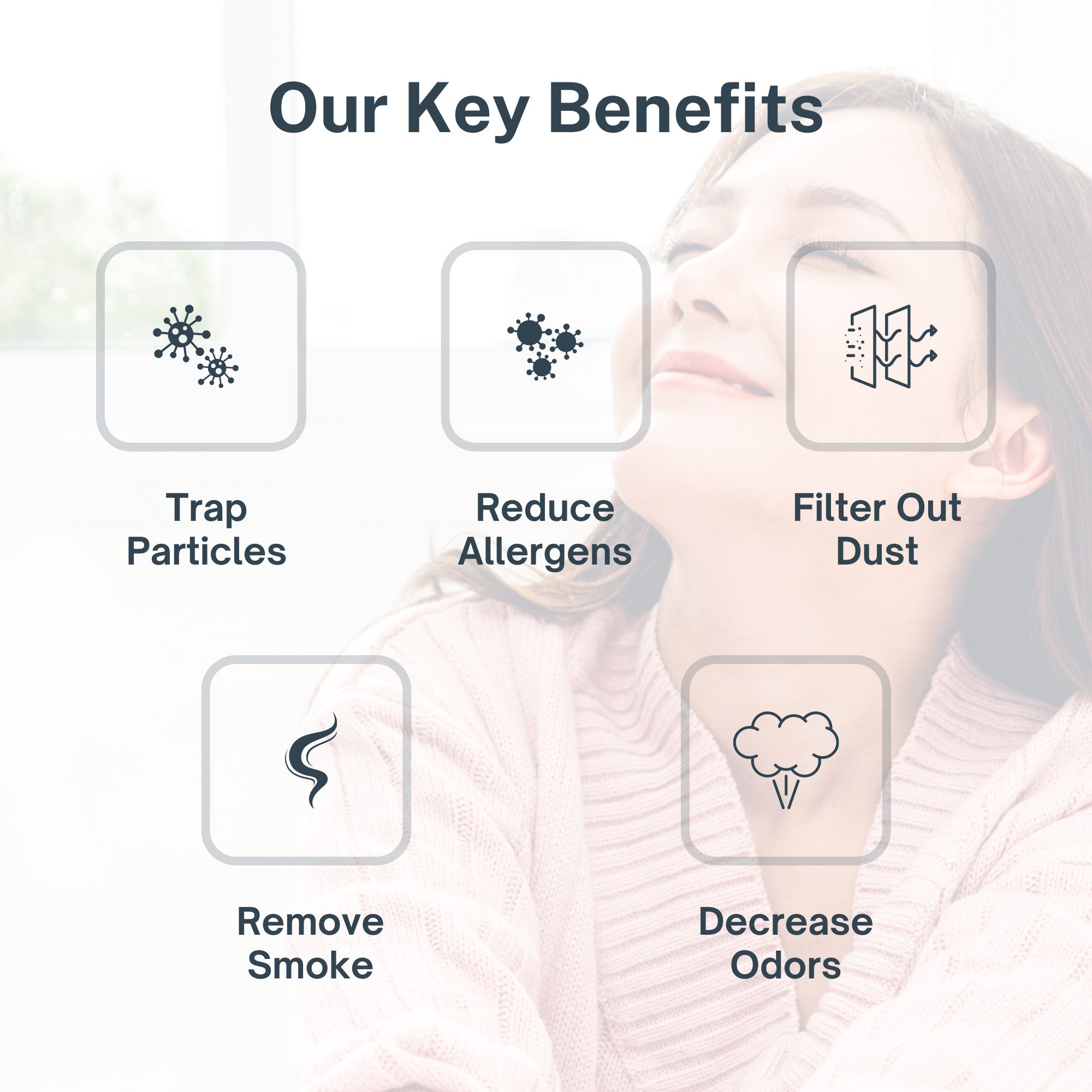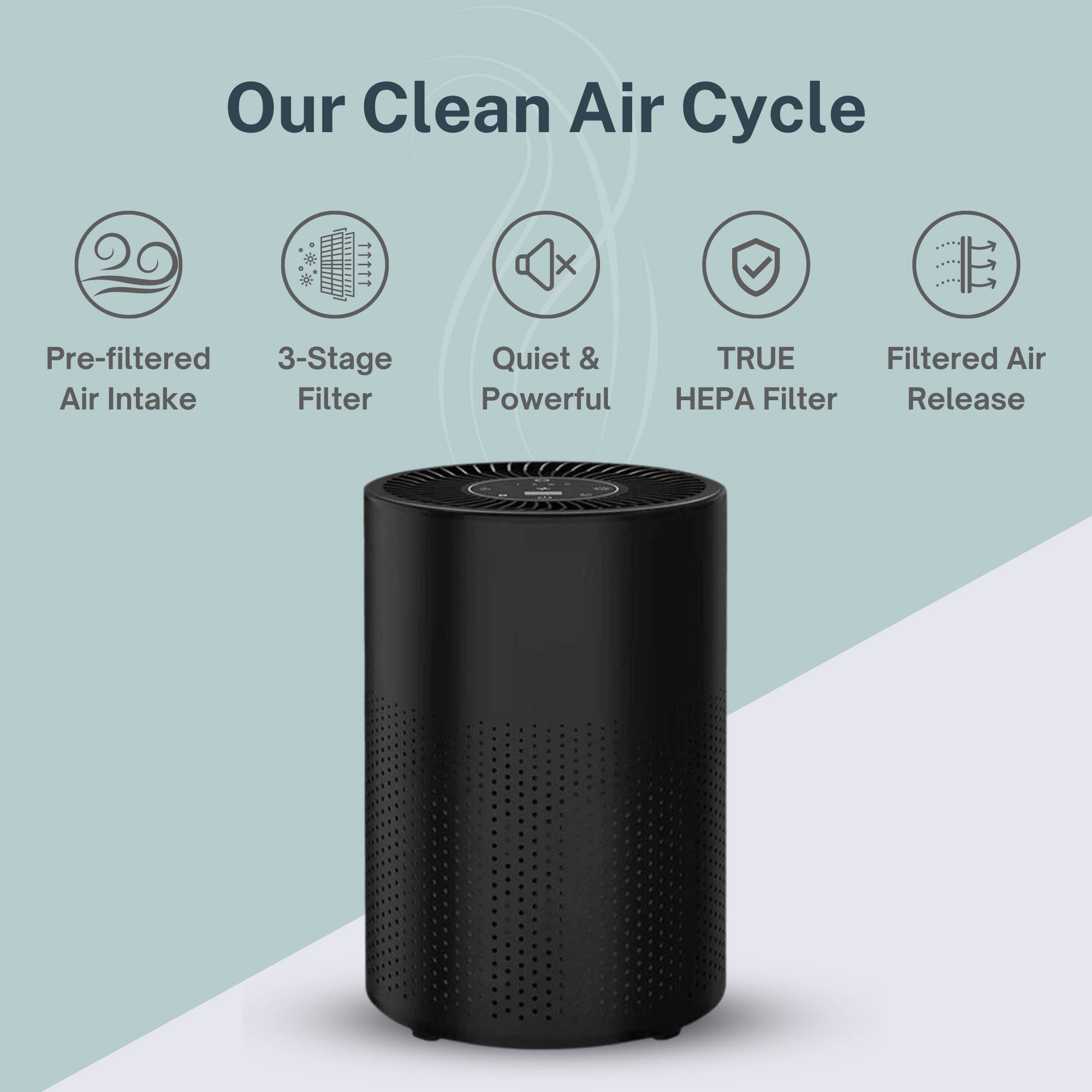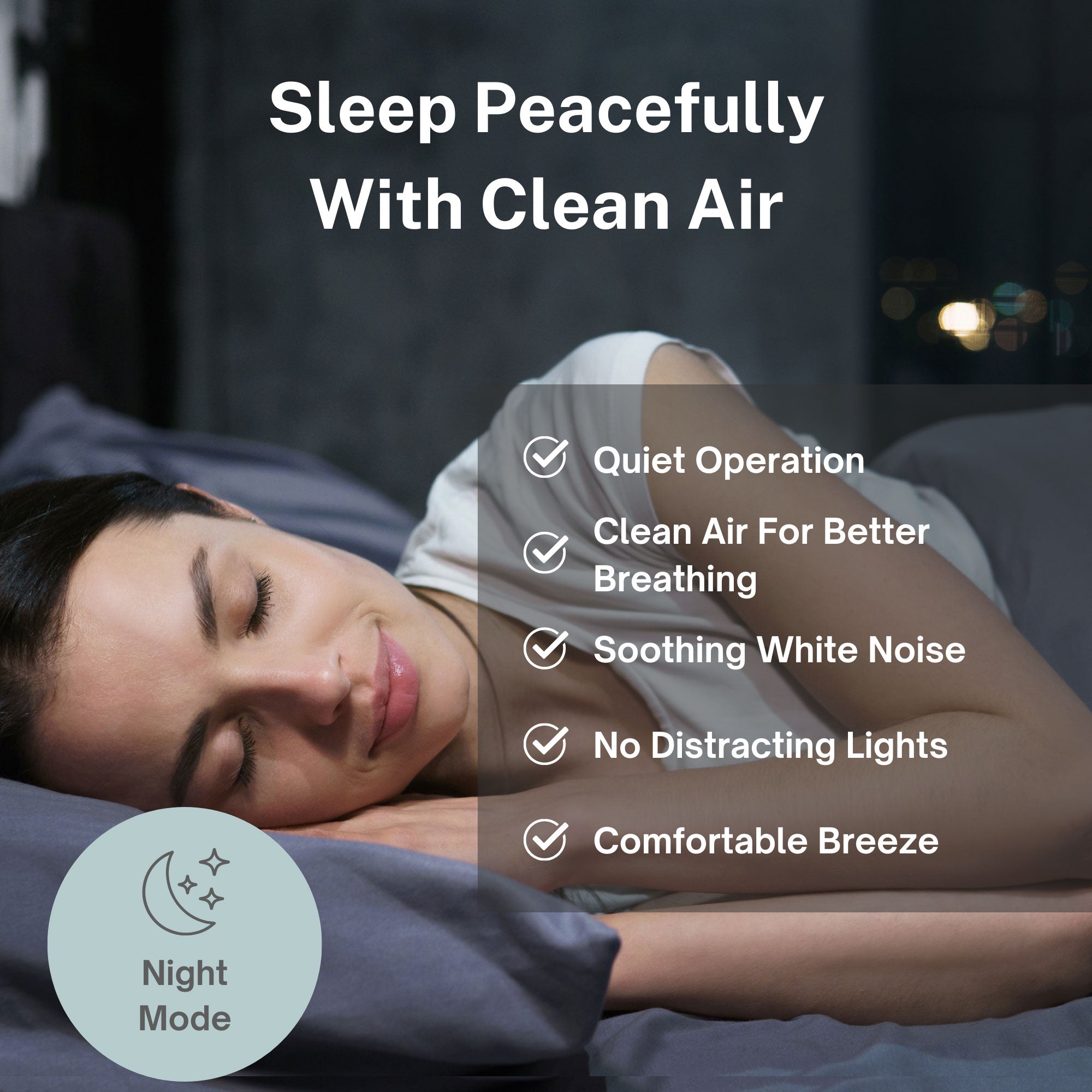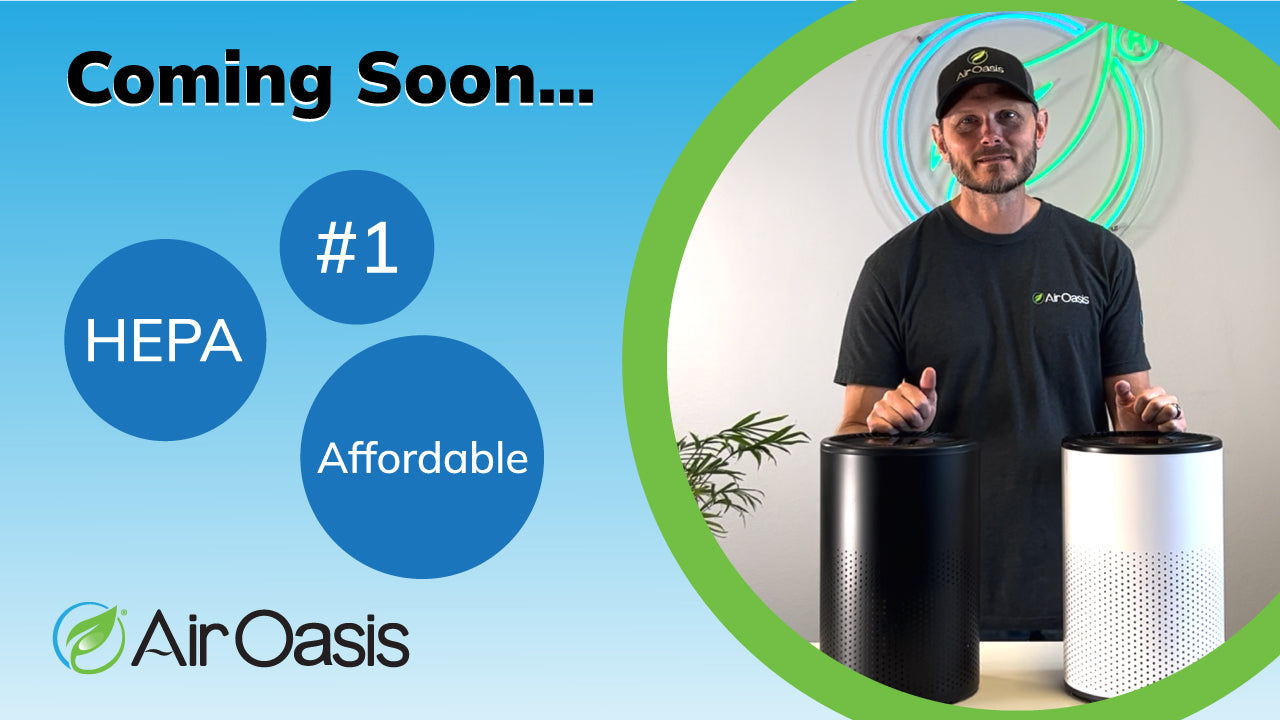Funeral homes provide essential services during life's most difficult moments. Behind the scenes, however, funeral service professionals face serious occupational health risks that rarely receive public attention. Formaldehyde exposure in embalming rooms and preparation areas creates chronic air quality problems that affect workers daily. Understanding these risks and implementing proper air quality management protects both funeral home staff and the families they serve.
The Formaldehyde Challenge in Funeral Services
Embalming relies on formaldehyde as the primary preservative. The chemical prevents decomposition, allowing families time to arrange services and say goodbye to loved ones. Funeral directors inject formaldehyde-based solutions into deceased individuals through arterial systems, replacing blood and body fluids with preservative compounds.
This process releases significant formaldehyde vapor into the air. The chemical evaporates from embalming fluids during preparation. It continues off-gassing from embalmed remains for hours or days afterward. Preparation rooms, storage areas, and even viewing spaces accumulate formaldehyde in the air without proper ventilation and air quality controls.
Formaldehyde is a known human carcinogen. The International Agency for Research on Cancer links it to nasopharyngeal cancer and leukemia. Even at low concentrations, the chemical irritates eyes, nose, and throat. Workers exposed repeatedly develop respiratory problems, skin sensitivities, and increased cancer risks over their careers.
The Occupational Safety and Health Administration sets strict formaldehyde exposure limits for workplace safety. The permissible exposure limit stands at 0.75 parts per million averaged over an eight-hour workday. Short-term exposure shouldn't exceed 2 ppm during any 15-minute period. Many funeral homes struggle to maintain these standards during active embalming procedures.
Who Faces Exposure Risks
Funeral directors and embalmers face the highest formaldehyde exposure. They spend hours in preparation rooms handling embalming fluids and working directly with preserved remains. Daily exposure accumulates over careers spanning decades. Studies show funeral service professionals have elevated cancer rates compared to the general population.
Mortuary assistants and support staff also encounter formaldehyde regularly. They clean preparation areas, transport remains, and assist with embalming procedures. Even administrative staff working in funeral homes experience some exposure as formaldehyde migrates from preparation areas into other building spaces.
Families visiting funeral homes for services breathe formaldehyde that off-gases from embalmed remains. Viewing rooms, chapels, and reception areas can contain measurable formaldehyde concentrations. While exposure duration is brief compared to workers, vulnerable individuals including children, elderly visitors, and those with respiratory conditions face heightened risks.
Funeral home owners bear responsibility for protecting workers and visitors. Proper air quality management isn't optional. It's a legal requirement under OSHA regulations and an ethical obligation to those who work in and visit these facilities.
Ventilation System Requirements
Adequate ventilation represents the primary defense against formaldehyde accumulation. Preparation rooms require specialized ventilation that creates negative pressure relative to adjacent spaces. This prevents formaldehyde vapor from migrating into other funeral home areas.
Local exhaust ventilation at embalming tables captures formaldehyde at its source. These systems draw contaminated air directly from the work surface before it disperses throughout the room. Proper design ensures air flows away from the embalmer's breathing zone toward exhaust points.
General room ventilation provides additional air exchanges that dilute any formaldehyde escaping local exhaust systems. Preparation rooms typically require 12 to 15 air changes per hour to maintain acceptable formaldehyde levels during active embalming.
However, ventilation systems age and deteriorate. Filters clog. Fans lose capacity. Ductwork develops leaks. Regular maintenance and periodic testing ensure ventilation systems continue protecting workers effectively. Many funeral homes operate with inadequate or failing ventilation, creating dangerous exposure levels.
Beyond Embalming Rooms
Formaldehyde doesn't stay confined to preparation areas. It migrates through buildings via air currents and pressure differences. Viewing rooms where embalmed remains are displayed accumulate formaldehyde as the chemical continues off-gassing. Families gathering for services breathe this contaminated air without realizing the exposure.
Storage areas for embalmed remains require air quality management. Refrigeration slows but doesn't stop formaldehyde release. Multiple stored bodies create cumulative exposure risks for workers accessing these spaces.
Chapel areas and reception rooms may seem distant from embalming activities, but formaldehyde travels farther than most people realize. Open doorways, shared HVAC systems, and building air currents distribute the chemical throughout facilities. Comprehensive air quality management addresses the entire building, not just preparation rooms.
Funeral vehicles transporting embalmed remains expose drivers and attendants to formaldehyde in confined spaces. These mobile environments lack ventilation systems that dilute contamination. Workers spending hours driving hearses and transport vehicles face significant exposure.
Protecting Funeral Service Professionals
Personal protective equipment provides some protection during embalming procedures. Respirators, gloves, and protective clothing reduce direct exposure. However, PPE alone doesn't solve air quality problems. Workers can't wear respirators throughout entire workdays. Other staff and visitors receive no PPE protection at all.
Medical-grade air purification removes formaldehyde from funeral home air continuously. Activated carbon filtration specifically targets formaldehyde and other volatile organic compounds. These systems absorb gaseous contaminants that standard HVAC filters can't capture.
HEPA filtration addresses particulate matter and biological aerosols generated during preparation procedures. Combined with carbon filtration and UV-C technology, comprehensive air purification creates genuinely clean air throughout funeral facilities.
Strategic placement maximizes protection. Air purifiers in preparation rooms provide localized clean air for embalmers. Units in viewing rooms protect families during services. Reception area purification ensures staff working in administrative spaces breathe clean air. Whole-facility approaches deliver consistent protection everywhere.
Regular air quality testing verifies that protection measures work effectively. Formaldehyde monitoring identifies problem areas and confirms that ventilation and air purification maintain safe levels. Annual testing at minimum ensures ongoing compliance with OSHA standards.
A Matter of Professional Health and Public Safety
Funeral service professionals deserve safe working conditions. Their essential work shouldn't require sacrificing long-term health. Families grieving loved ones shouldn't face unnecessary chemical exposure during services. Proper air quality management protects everyone who enters funeral facilities.
The funeral service industry has evolved in safety awareness over recent decades. Modern facilities recognize air quality as a critical health and safety priority. Investment in proper ventilation and air purification demonstrates commitment to worker protection and public health.
Ready to ensure safe air quality in your funeral facility? Medical-grade air purification removes formaldehyde and protects workers and families from harmful exposure. Shop Air Oasis today and create the safe environment your profession demands.





